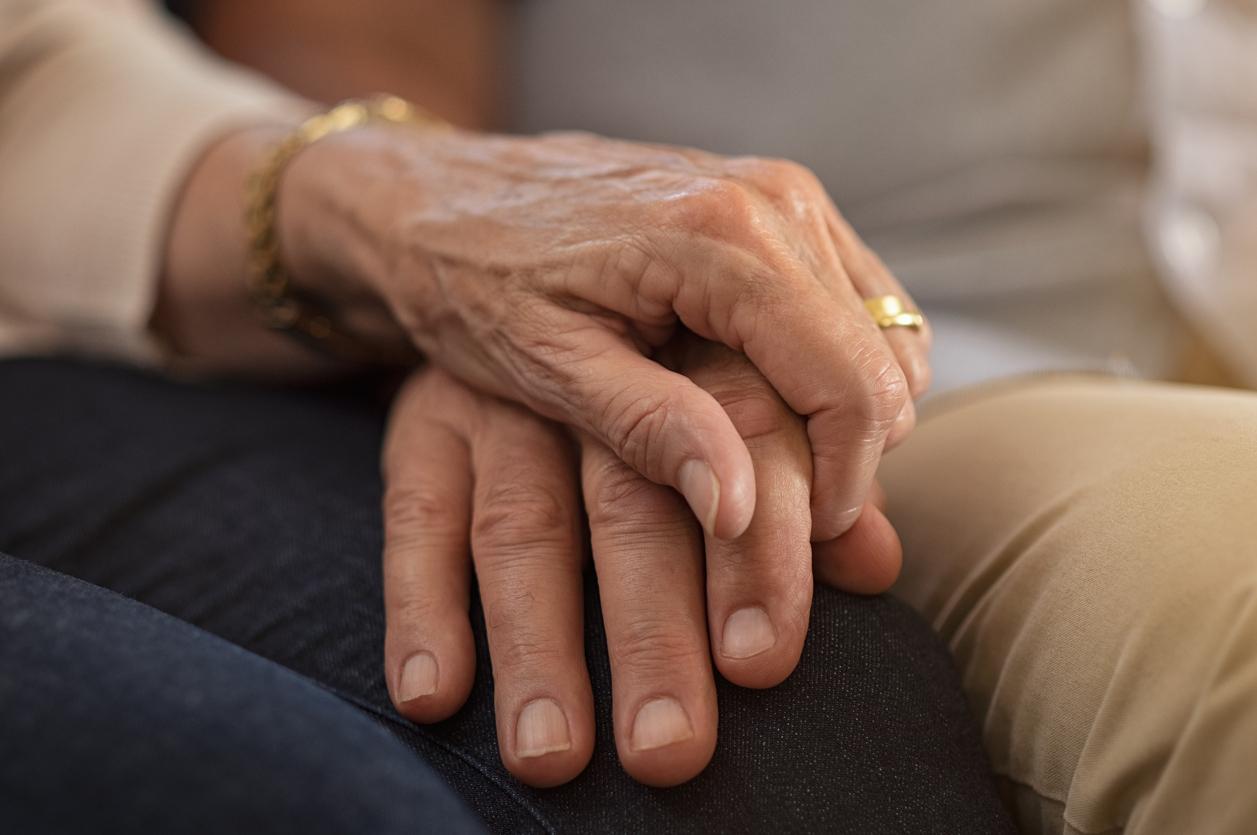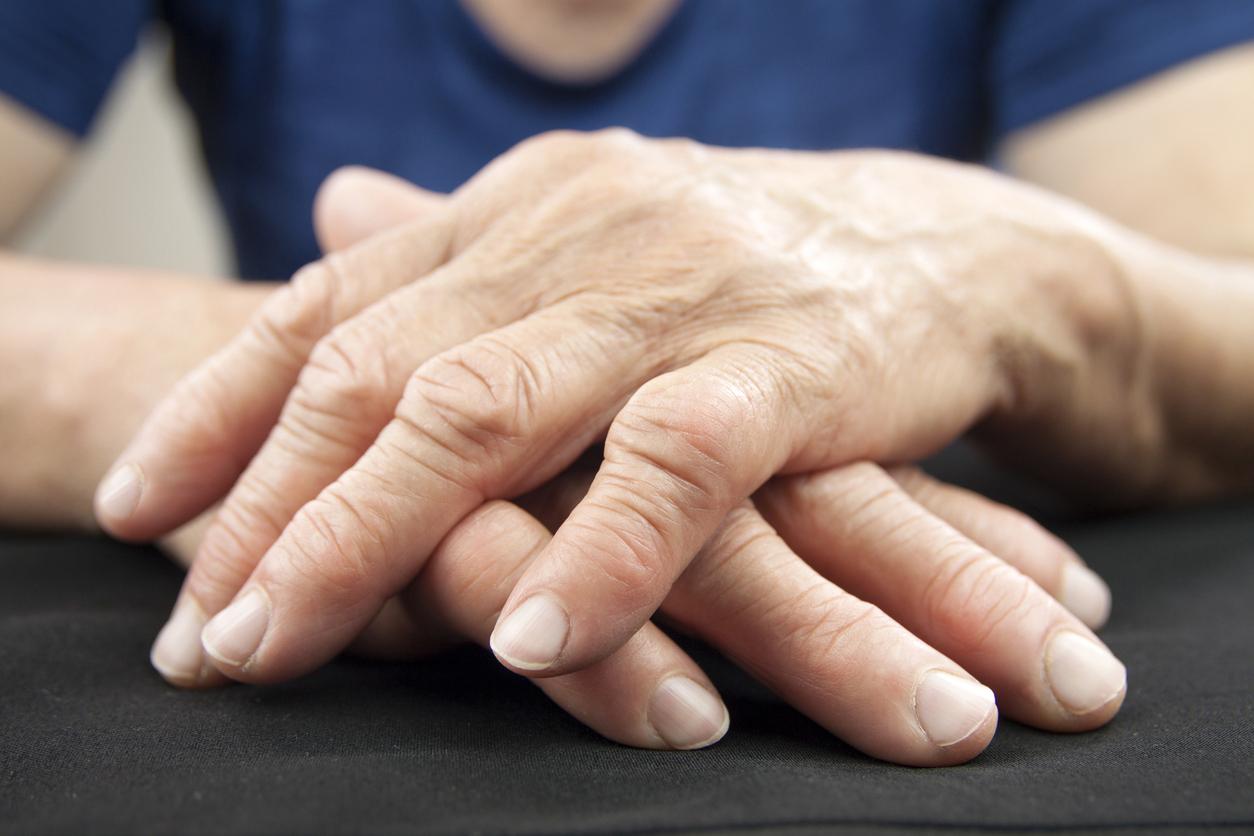Patients in remission from rheumatoid arthritis would show a significantly higher body temperature than subjects not affected by this disease.

- Using thermal imaging, the researchers found that patients with rheumatoid arthritis in remission had higher body temperatures at the joints than healthy subjects.
- This means that even if the inflammation has not been detected by conventional imaging, it is important to monitor the progress of the disease.
- This study also shows the possibilities of thermal imaging for early detection of rheumatoid arthritis.
A chronic inflammatory disease that affects the joints, rheumatoid arthritis is caused by inflammation of the synovial membrane that lines the inside of the capsule that surrounds the joints, mainly the hands, wrists, knees and small joints of the feet. Joints become swollen and painful, limiting range of motion. Without proper treatment, the joints tend to deform over time and become particularly disabling. It is also common for rheumatoid arthritis to spread to other joints, such as the shoulders, elbows, neck, hips or ankles.
Taken during the first 3-6 days of illness, antirheumatic drugs increase the chances of prolonged remission. According to a new study published in the journal PLOS ONE and conducted by the University of Malta and the University of Staffordshire (England), patients in remission from rheumatoid arthritis would however have a significantly higher body temperature than subjects who had never had the disease.
A higher temperature at the joints of the foot
The researchers recruited 31 rheumatoid arthritis patients in remission, along with 52 healthy adults to form the control group. Thermal images of different regions of the foot – medial, lateral, forefoot and heel – were taken, analyzed and then compared.
As in previous work on the joints of the hands, these new images have shown that there is “a significant difference in temperatures in all regions of the forefoot between RA patients in remission and healthy patients”explains Dr Alfred Gatt, from the University of Malta, who led the study.
These results showing that the heat emitted by the joints of the feet of people in remission from rheumatoid arthritis are all the more surprising since no inflammation had been detected by conventional methods. “This is important because it implies that an underlying disease is developing and the thermography is sensitive enough to detect these changes”believes Professor Nachi Chockalingam of the University of Staffordshire, and co-author of the work.
Screening potential for thermal imaging
For the researchers, these results are important because they constitute “the basis for future studies to assess whether thermographic patterns change with disease activity,” says Dr. Gatt, who adds that “thermal imaging has the potential to become an important method for assessing rheumatoid arthritis”.
“In the future, it may be possible to use small thermal imaging cameras as a screening tool that can be used by the clinician or the patient themselves to detect early changes and prevent further joint damage, which can lead to significant deformities and disabilities”enthuses Professor Chockalingam.
In the case of these patients who participated in the study, these results also show that medical supervision is necessary. “Remission is a state in which rheumatoid arthritis, which is an autoimmune disease, is in a controlled state and there is no active inflammation in the joints. This does not mean that it is not not present and that it cannot get worse again. What we are saying now is that these patients need continued monitoring.”

.

















